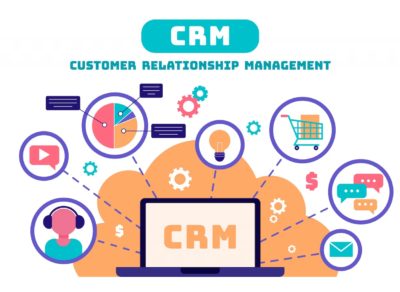
5 essential steps of digital transformation for banks
Digital transformation is one of the most essential components in modern banking — and it’s here to stay. As banks look for ways to increase efficiency, remain competitive, and better serve their customers, embracing digital transformation has become a necessity. But what are the key steps involved in bank digital transformation?
Using our years of experience advising global banks on their digital journeys, we’ve identified five critical elements that must be addressed when looking to effect sweeping change across an organization.
In this blog post, we’ll examine these fundamental steps and discuss how they can help establish successful digital transformations within your institution or financial services company. Read on for insider advice about each step – from formulating strategies all the way through measuring success!
1. Why digital transformation is necessary
The process of using digital technologies to create new or improved processes, products, or services is known as digital transformation. This can be accomplished by either improving existing processes or developing entirely new ones.
There are numerous advantages to undergoing a digital transformation. Perhaps most importantly, it can assist businesses in becoming more efficient and saving money. It can also help to increase revenue and improve customer satisfaction and loyalty. A digital transformation can also help businesses become more agile and adaptable to change.

2. 5 essential steps of digital transformation for banks
2.1 Define your goals and objectives
A digital transformation strategy should provide a clear understanding of your objectives and the steps necessary to achieve them.
Smartosc solutions : BACKBASE DIGITAL BANKING, BUY NOW PAY LATER, LOS, CDP, EKYC, DIGITAL ONBOARDING
Because digital transformation looks different for each organization, it’s important to remember that each organization’s goals will also differ. However, there are some fundamental goals that every business should consider:
– What can you do to improve the customer experience?
– Can you make your operation more efficient and cost-effective by implementing new technology and processes?
– How can you become an accounting firm that embraces and adapts to change?
– Do you have processes in place to gather analytics insight to aid in rapid movement?
By asking yourself these questions, you will be able to identify areas of your plan that require special attention, as well as which components of your strategy should be addressed first.
2.2 Focus on customer needs
The goal of digital transformation is to increase customer value by leveraging digital tools. So, in order to have a successful digital transformation, everything you plan should take customer needs into account.
For example, to provide more communication channels, try combining customer management and communication in one location. Logging every email and detail of previous conversations will help you manage and cultivate customer relationships more effectively.
If your customers want these digital interactions, you must make the necessary internal changes. Concentrate on the processes and technologies that enable digital transformation.
2.3 Create new procedures
Your ‘business as usual’ strategy may conflict with your digital transformation initiative. As a result, developing and implementing new processes can aid your organization’s success.
For some businesses, digital transformation will necessitate a complete overhaul of their processes. It is critical to bring employees together to ensure everyone understands the updates, who is responsible for what, and what systems are in place to support the team.

2.4 Implement new technologies
To successfully implement a digital transformation, you do not need every piece of technology available. Instead, select technology that will help you optimize the processes you’re working on.
Determine what is most important to your organization and then find technology to meet those needs.
Finally, the technology you choose should be aligned with your goals and assist your organization in meeting its objectives.
2.5 Execute your plan
You’ve completed all of the necessary preparations, and it’s now time to put the plan into action. However, your plan is likely to have many moving parts. Take a step back and work in iterations rather than trying to incorporate all of your changes at once.
An iterative plan is a flexible plan in which each stage of the journey can last anywhere from one week to a month. Gather your team at the start of each week and break down your plan into specific requests. Discuss task progress, ensure you’re working within scope, and assess any issues that have arisen that may necessitate changes to your plan.
Conclusion
Banks that successfully digitize increase their market value and customer base while improving operational efficiency. If you’re looking for a partner to help with your bank’s digital transformation, contact SmartOSC Fintech. We have a team of experts who are ready to help you every step of the way.


